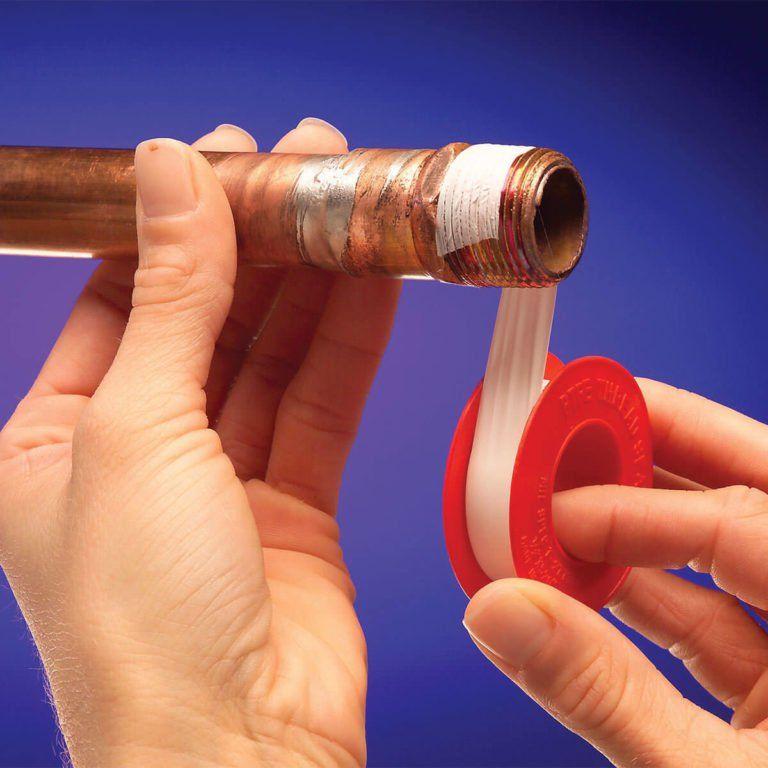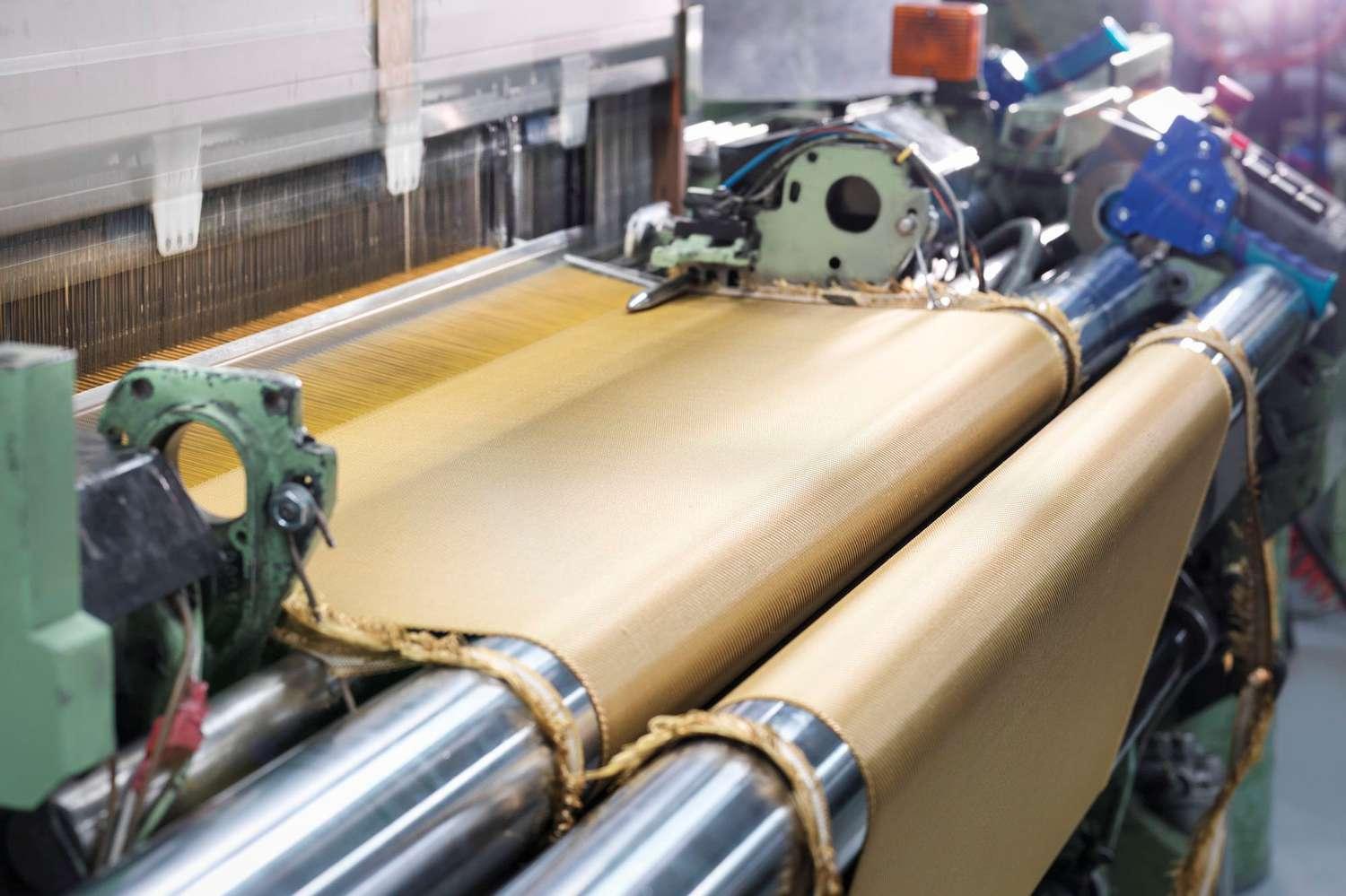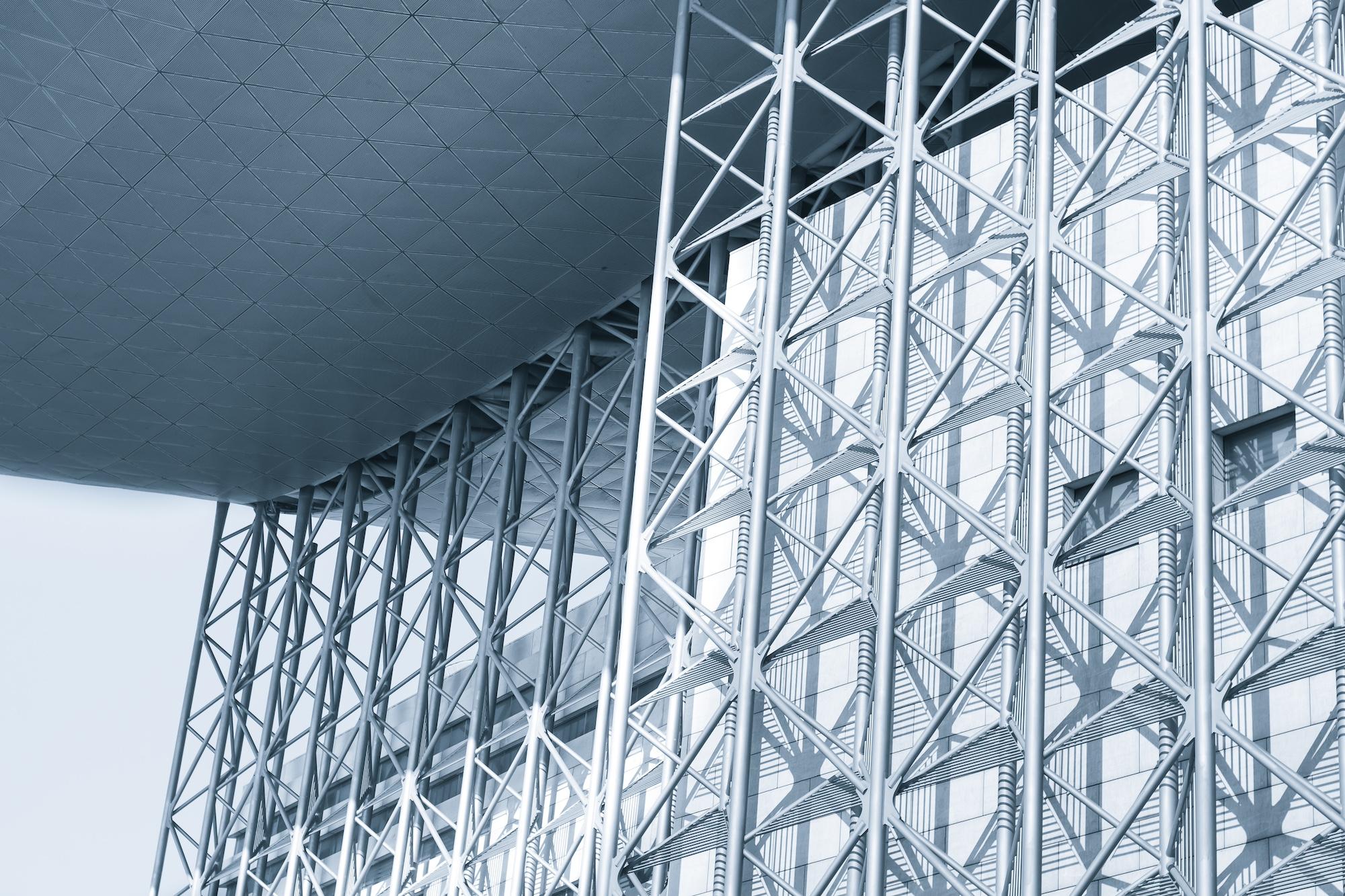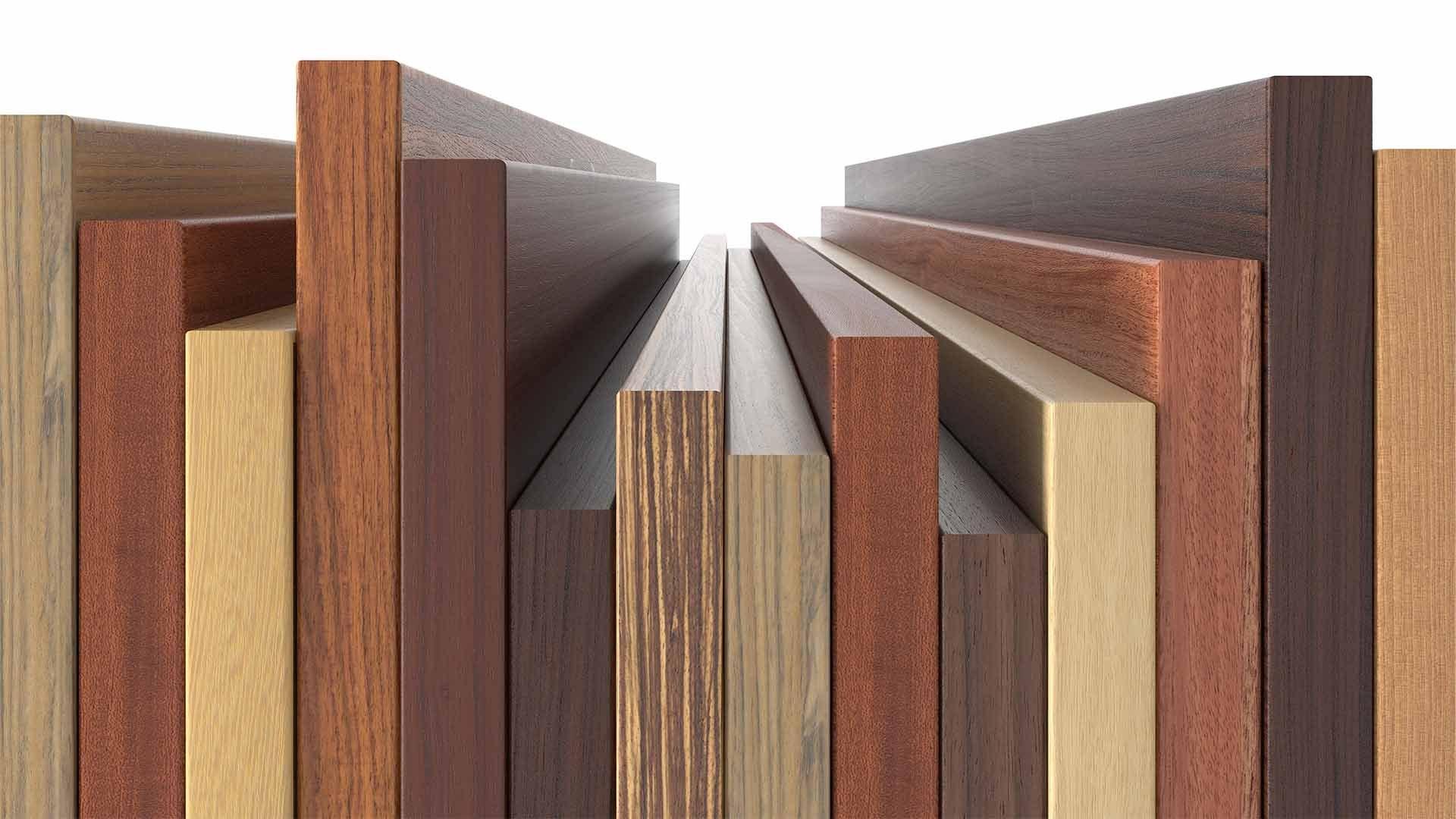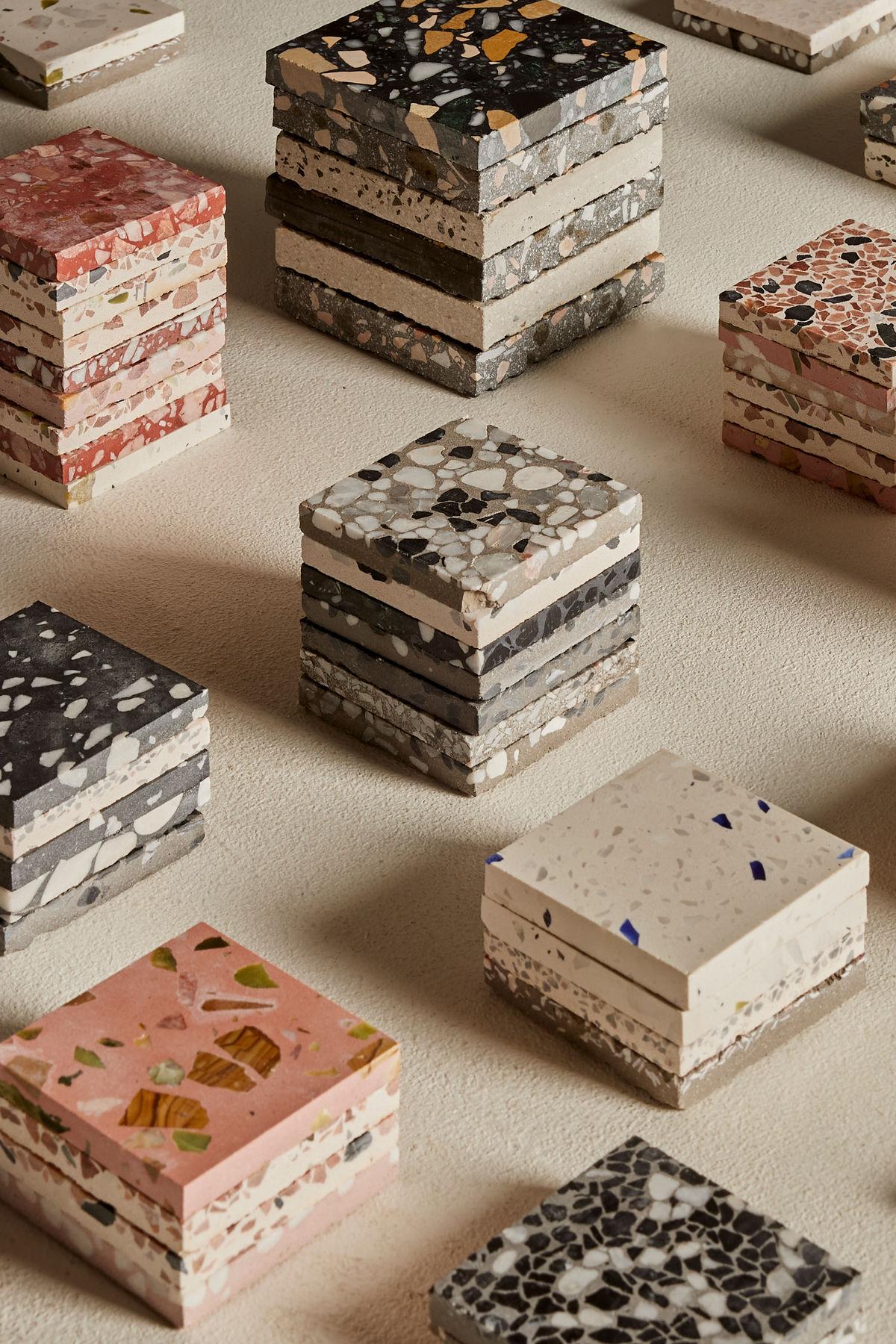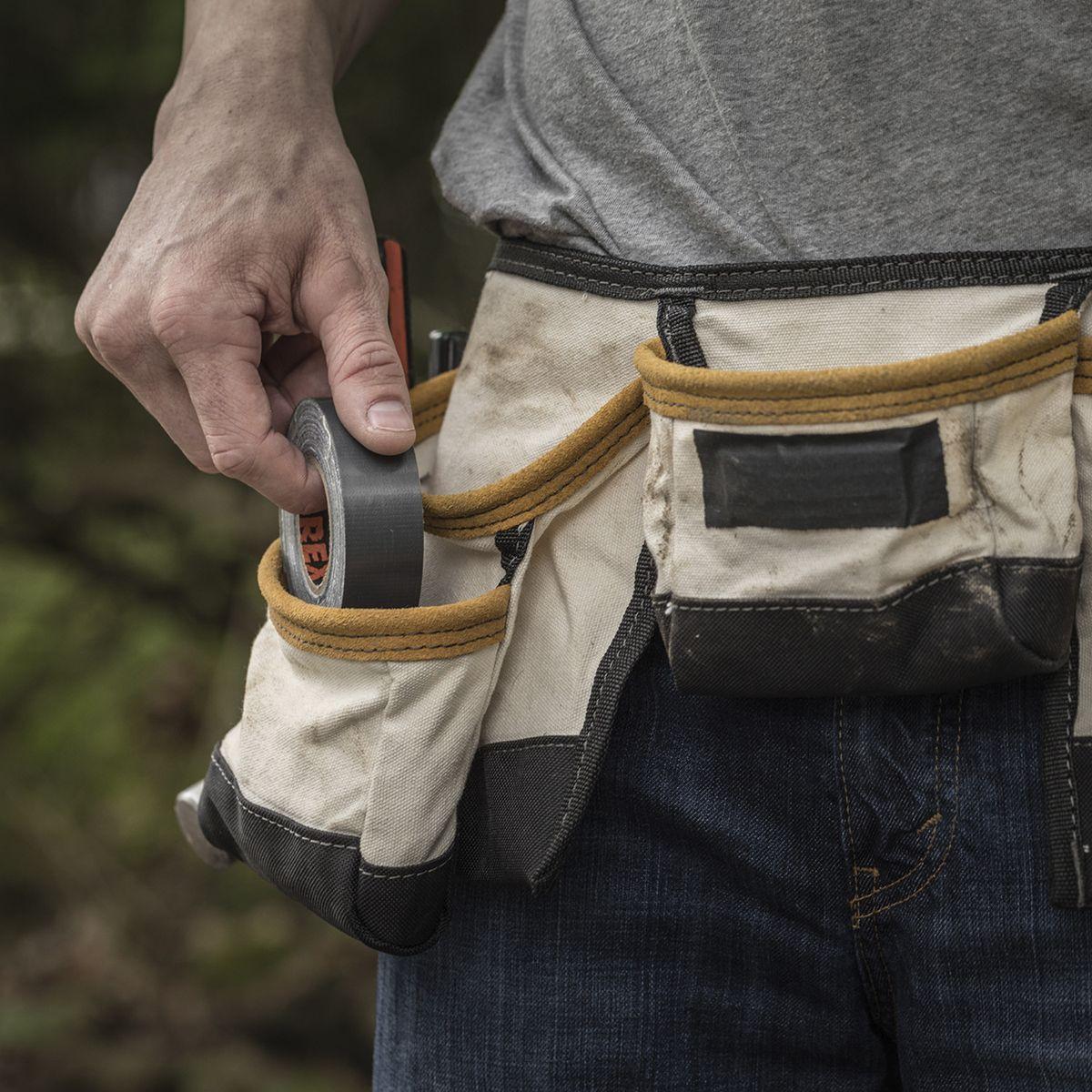How Bubbles and Cracks appear on Epoxy Floors?
Jul 27 • 2 min read

“How do these bubbles suddenly pop up on our Epoxy Floors?” Mr. Arvind Patel, plant manager of a multinational FMCG company asked me in a concerned voice. They have been installing Epoxy Floors for the last 10 years. Even after trying various brands and multiple applicators, they always seem to get these bubbles on the floor within a few days of application.
Not only Arvind, but this has been a common problem among Indian Plant Managers and Facility management teams. Without any change in the load/ floor operations - Bubbles and cracks start to suddenly appear on Epoxy Floor surfaces.
The main concern here is – it only gets worse once started. (That too at an exponential rate!)

It is these small bubbles and cracks which act as the starting point for severe Epoxy damage. They soon develop into bigger patches – to the point that re-application of Epoxy becomes necessary.
Ever wondered why they appear? We have tried to answer in detail below.
Being a polymeric material, Epoxy gets distorted due to environmental factors. Temperature difference, moisture and UV radiation – all act to degrade an epoxy floor.
Effect of temperature difference on Epoxy Floors
Sudden cracks are the symptoms of temperature change on Epoxy.
Epoxy is the hardest at temperatures between 20 to 30 degrees Celsius. At high temperatures, the compressive strength and load-bearing capacity of Epoxy decreases and leads to cracks on its surface.
How does Humidity Affect Epoxy Floors?
The sudden bubbles on the floor are symptoms of degradation of Epoxy by humidity.
Even at room temperature, if the humidity is more, Epoxy ends up swelling. This is the major reason why Arvind and thousands of Facility Managers across India end up seeing sudden bubbles appearing on Epoxy Floors.
What to do?
Ideally, Indian conditions are not suitable for Epoxy Floors. India has a tropical climate with an average annual temperature of 35 degrees Celsius and average humidity of 65%. As explained above, such conditions lead to deterioration in Epoxy.
Thus, if using Epoxy, a Facility can try to artificially control the interior environment. However, that can be quite expensive for large units.
As a temporary solution, buffing can be done to reduce bubbles and patching might help for cracks. If conditions get worse, then reapplication or replacement of flooring remains as the only option.
Now that advanced flooring technologies like Odus Flooring are available, Facility and Plant Managers need to re-evaluate the usage of Epoxy altogether. There are various new technologies available that deliver long lasting dustless floors which remain unaffected by environmental factors.
Hope this article was useful. Let us know if you need more details or specific recommendations on your plant/ warehouse floor challenges. Write to us for free planning of your factory/ warehouse floor at info@rezovate.com. Our Flooring experts will be happy to help.
Our Clients








Related Blogs
